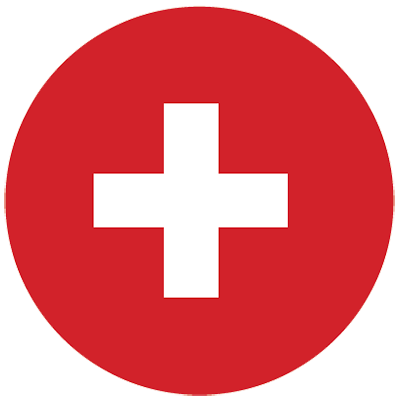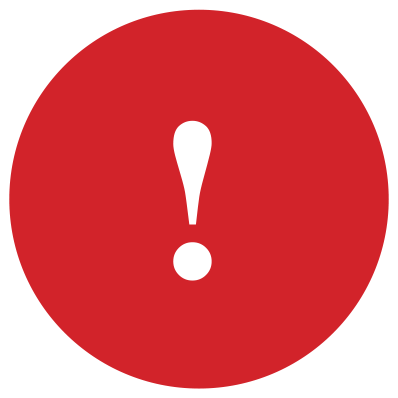Getting back to daily activities
When should I get medical help if I run into problems? 
Contact your family doctor immediately or go to the nearest emergency department if you notice any of these symptoms:
- Extreme tenderness, redness or yellow/green drainage from any of your incisions (cuts).
- Angina or chest pain, pressure or heaviness like you may have had before.
- Pain in the chest/neck/shoulder that is worse when taking a deep breath.
- Fever of 39 degrees Celsius (100 degrees Fahrenheit) or higher for more than 24 hours.
- Shortness of breath that goes on for more than a few minutes after an activity has stopped or while you are at rest.
- Weight gain of 1.4 kg (3 lbs) for 2 days in a row.
- Fatigue or tiredness that is much worse than you had before TAVI and doesn’t improve in 2 to 3 days.
Your recovery moving forward
During the recovery period, your body sees any activity as work. It is normal to feel more tired than usual. The goal is progressive activity – doing a little more each day. You may feel like you are able to do more. It is best to follow the recommended guidelines and do everything in moderation.
During the next 4 weeks, it is important to listen to your body. It will let you know when it needs rest, just as it will let you know when you feel energetic and able to begin or continue an activity.
This activities section of the guide is designed to instruct you on an exercise program to perform in the first 4 weeks at home after TAVI. We encourage you to take control of your recovery by recording your activity and progress using the activity tracker.
Following the suggestions in this guide will help to smooth your way for an easy, safe, and comfortable recovery.
Know the warning signs
If you feel any of these symptoms while you are exercising, stop and rest. Wait for the symptoms to pass. If symptoms last longer than 10 minutes, go to the nearest Emergency Department.
- Chest pain
- Shortness of breath
- Dizziness or lightheadedness
- Excessive fatigue
- Excessive sweating
- Palpitations or a racing heartbeat
Cardiac rehabilitation program
There are a number of outpatient cardiac rehabilitation programs across the province that are designed for people who are recovering from heart attacks, heart surgery/procedures or who are living with various heart and circulation conditions.
We recommend you participate in an outpatient cardiac rehabilitation program close to home. The cardiologist/nurse practitioner will discuss rehab with you at your TAVI follow-up appointment, 4 to 6 weeks after your procedure. These programs are designed to improve your strength and the health of your heart. Until then, please follow the at-home exercise program on the next page.







